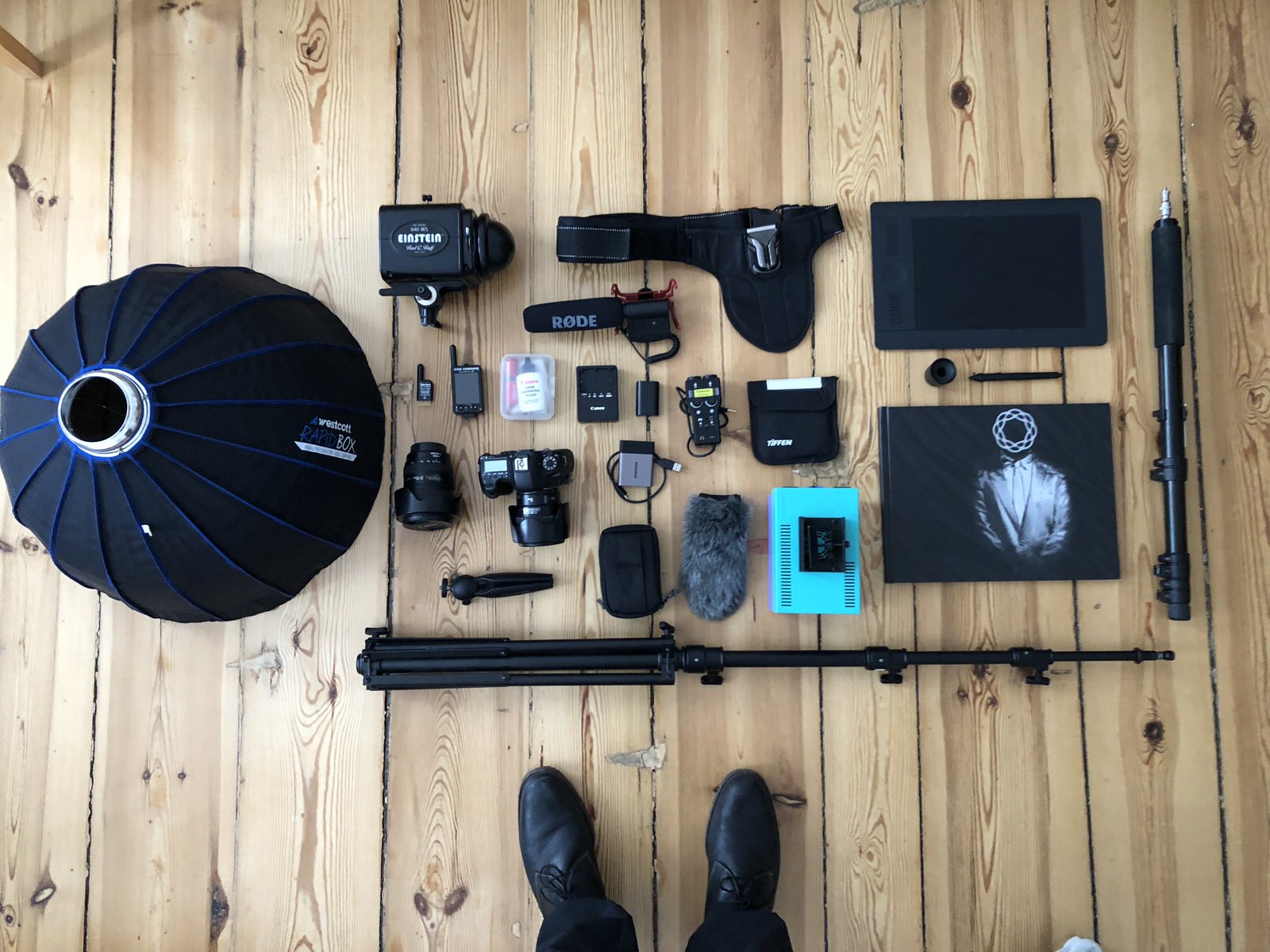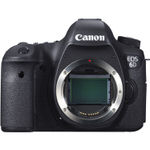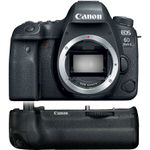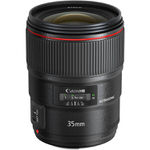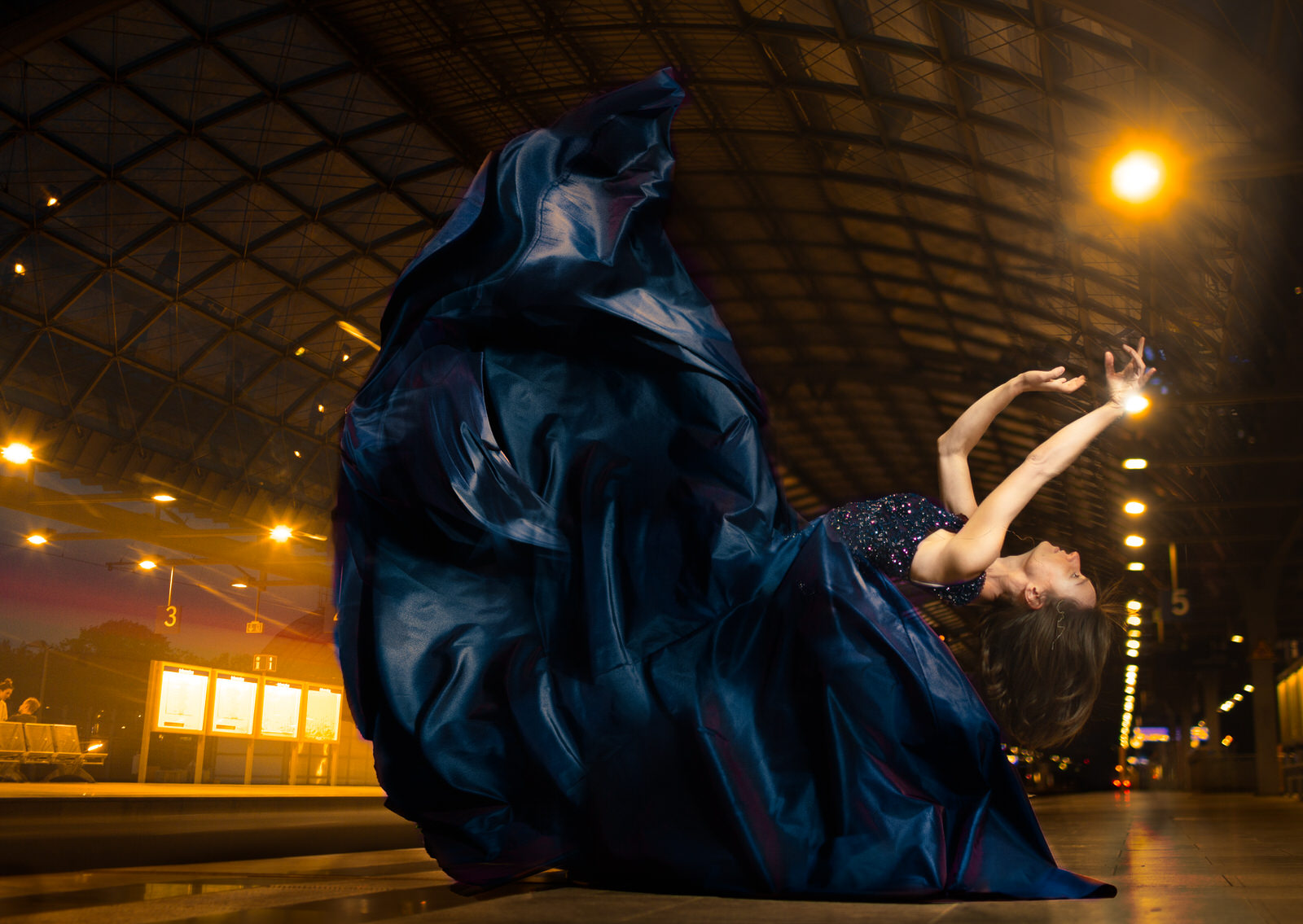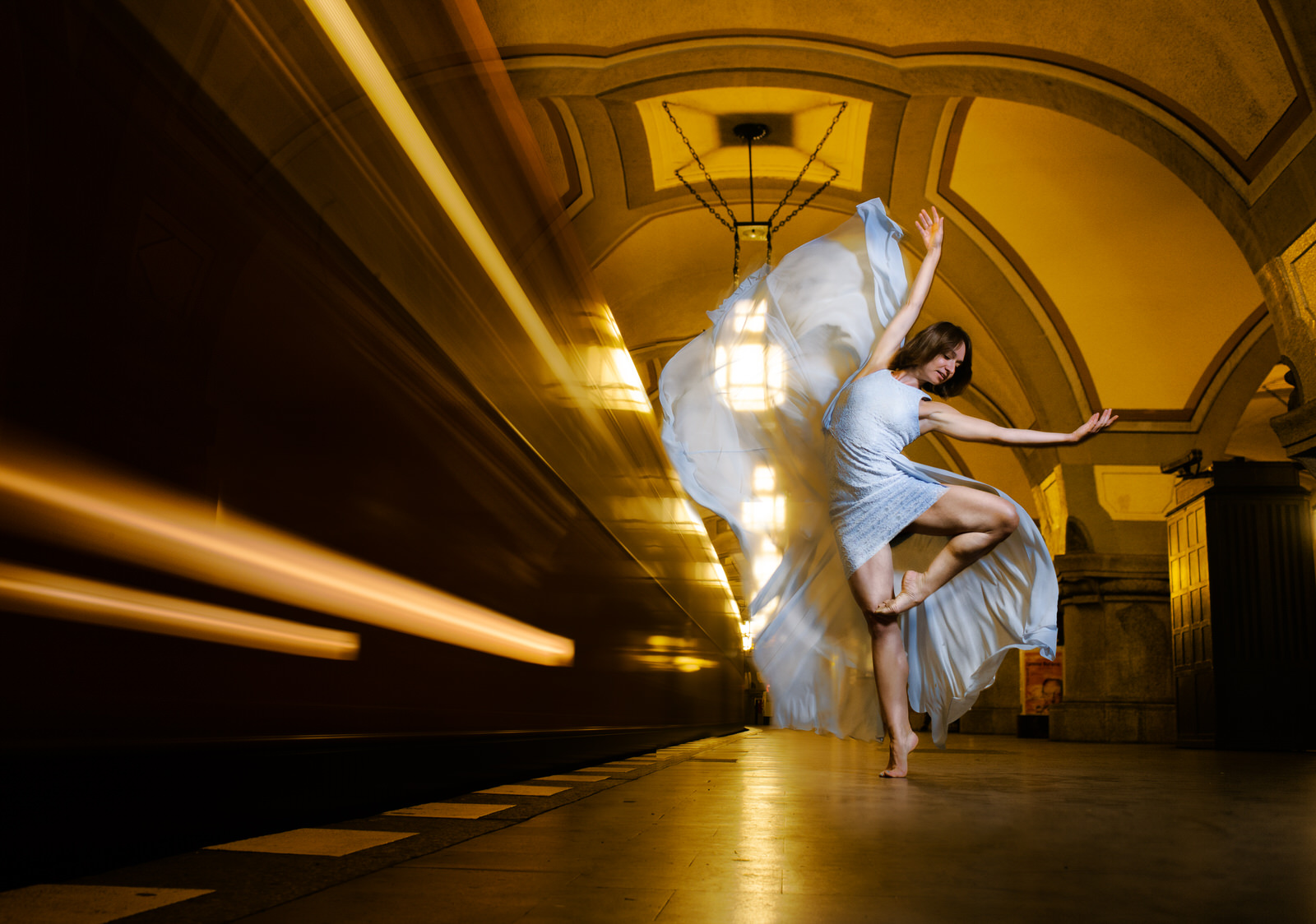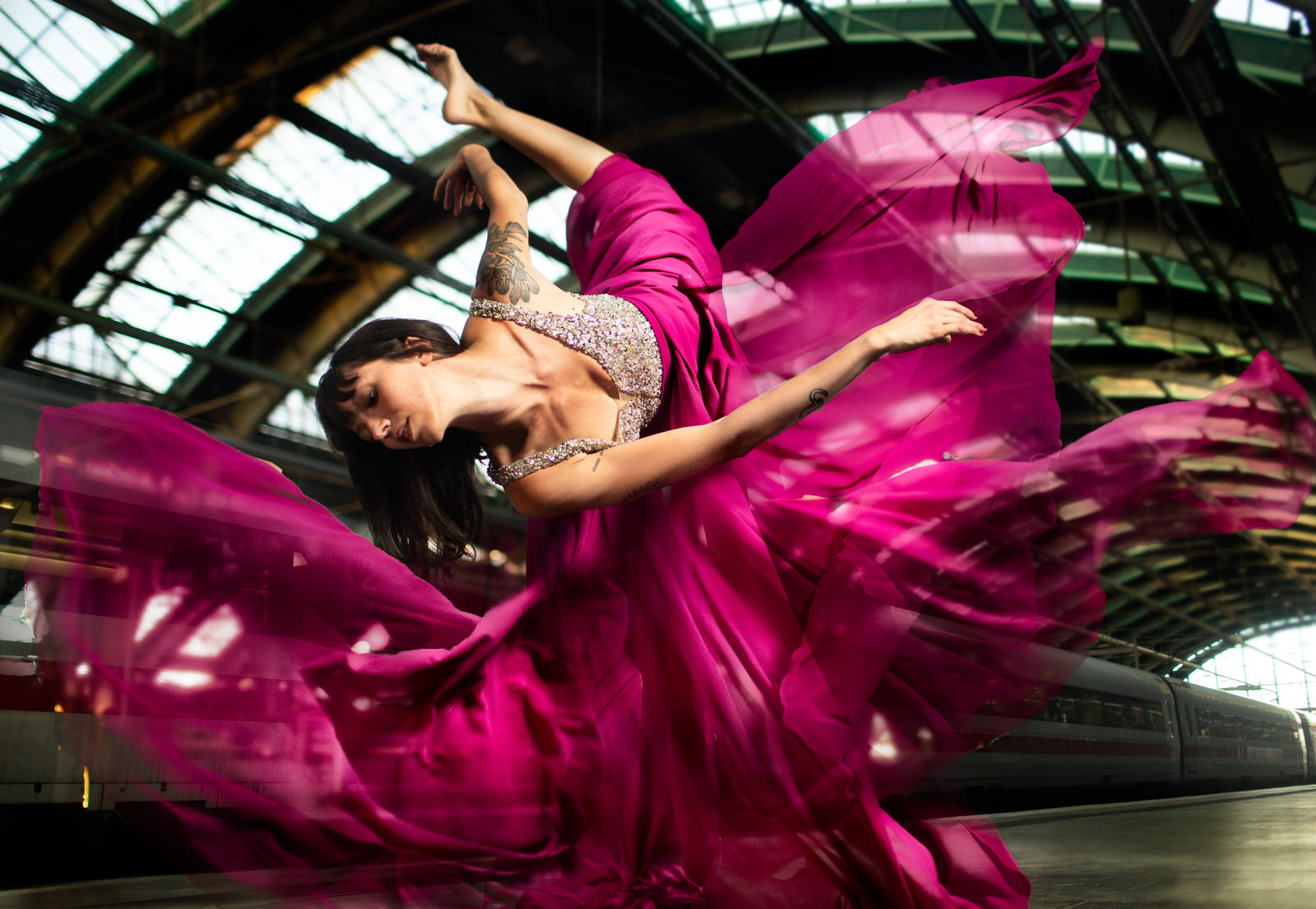
Here’s What Gear Commercial & Ad Photographer Keean Afrasiabi Uses In Studio and On Location
Keean Afrasiabi is a legally blind commercial & advertising photographer and digital artist from L.A. While his vision impairment leaves most of the world around him blurry, Keean says photography allows him to see things with clarity. By using computer graphics and implementing 3D design into his work, he is able to add his own unique vision and interpretation to his images. Today, we take a look inside Keean’s camera bag to find out what gear he considers essential to his work.
Can you tell us how you go about deciding which gear is essential to your work?
The first question I ask is whether it will be in studio or on location. During my last trip to Berlin I knew it would be completely on location for every shoot (over five in total). For studio work, I first ask if the client would want me to bring a mobile studio setup or for them to come to me. When working on location, my goal is to focus on redundancy instead of bringing the most I can carry, so it ends up being a much lighter load. If I know the subject matter, for example people, I focus on what modifiers are the easiest to work with in situations of movement of the model. Lighting is the biggest part of my workflow so that is what most of my thought goes into – stands, modifiers, accessories etc.
CAMERAS:
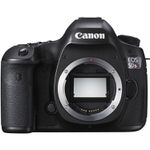
Canon 5DS R
50.6MP full-frame CMOS sensor, with dual DIGIC 6 image processors & low-sass filter effect cancellation
Currently I’m surviving with a Canon 6D mk1 but looking to upgrade to a Canon 6D mk2 or a Canon 5DSR. For my kind of work, mostly consisting of composites, I’m able to get away with a slightly lower resolution for my subjects, being able to make or extend the background later, making up for resolution loss. In the near future, I’m looking to step up to either a Canon 5DSR or Canon 6D mk2 for the faster autofocus. With studio work and a slightly slower pace of subjects, the 6D has served me extremely well over the last 3-4 years and will definitely be used as a backup moving forward.
LENSES:
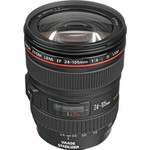
Canon EF 24-105mm
EF Mount L-Series Lens, Ultrasonic Focus Motor Manual Focus Override, Dustproof and Waterproof Sealing
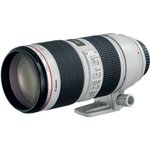
Canon EF 70-200mm f/2.8L IS II
70-200 mm focal length, inner focusing system with USM and full-time manual focus option
My go-to for long travel is the Canon 24-105mm F4 L mk1 and the Canon 35mm F1.4L mk1. If I know portraits are involved, then I go with the Canon 70-200 F2.8 IS L mk2. These lenses suit my subject matter perfectly, serving enough flexibility and detail through the range, and keeping my bag weight light on longer trips.
LIGHTING:
For studio and on-location work, the only lights I use are three Paul C Buff Einstein 640s and one Alien Bee 800W. In the studio I have a mix of C stands, roller stands, and traditional tripod light stands, all varying in different weights and sizes. I’m a big believer that no stand or modifier can solve all problems so if you have the space don’t shy away from having a few different options of each. For example, I have a traditional beauty dish from Paul C Buff, but those are almost impossible for flying with, so I ended up investing in a collapsible dish from Westcott (Joel Grimes version). Personally, I am a big fan of big modifiers, soft boxes, umbrellas, you name it, as I find they are some of the most flexible. For portable power, I stick with Paul C Buff’s options with the Vagabond Lithium Extreme. This power pack is able to power more than two lights for a decent amount of time and got me through more than three shoots with one light without a charge in between, amazing stuff.
BAG:
Bags are very important and for me the largest bag is the most important instead of each item having its own. For my trip to Berlin, I wanted to see if a hardshell suitcase could transport things safely, both on the flight and while going from location to location. I’m happy to report back that it did. Taking the stress off my back was one of my main goals and the suitcase worked perfectly. For my most recent trip, I took everything in an Delsey Helium Shadow 4.0 Hardside Spinner. The gear layout shown was exactly what was in that suitcase.
MISCELLAENOUS ITEMS:
Redundancy of things like flash triggers, batteries, sync cables, SD cards, lens filters, and business cards. Stands ranging from big to small but lean towards having wheels.
You can see more of Keean’s work on his website, My Better Eye and on his Instagram. Also, be sure to read our interview with Keean to find out about his 3D design work and how he overcomes the limitations of being legally blind as an artist.
